The lighting throughout your home is vital, most especially in your kitchen. It’s important to have ample light as your chop vegetables! The availability of light not only enables you to safely complete tasks, but to also see and interact with those who are with you in your kitchen, and to help with the look and feel of your kitchen space.
Kitchen recessed lighting, in particular, is a very useful type of lighting because of the variety of ways in which it uses light in the kitchen. Kitchen lighting can serve multiple purposes: as general lighting, as task lighting, as accent lighting, for the purpose of wall-washing, and to accomplish a grazing effect. These techniques work together to create a kitchen that feels very lovely to the senses, while being very user-friendly for those cooking and cleaning the space.
A well-lit kitchen is one that is lively and active, festive and functional. Have you ever been in a kitchen that has one, large lighting fixture—usually equipped with those long, fluorescent bulbs—that is to light the entire kitchen? That is a lighting travesty, to be sure, which is why recessed lighting is often such a work horse in today’s kitchens.
Kitchen recessed lighting can serve some very specific, task-related purposes. When it is used as general lighting, it serves as extra light or to illuminate a broad area overall. To use recessed lighting as general lighting would mean that the recessed lights are laid out across the kitchen broadly, to ensure ample light. On the other hand, using recessed lighting as task lighting means that the lighting is more highly concentrated in areas that are very task oriented—the stove, sink, under cabinetry, and prep areas are all candidates for task lighting in a kitchen. The light in these very work-related areas would be brighter, in order to provide the light needed to focus on such detailed work, but is placed in such a way above the area as to minimize shadows that would inhibit the work to be done.
Kitchen recessed lighting can also serve some more aesthetic purposes in a kitchen. When used as accent lighting, it is often focused to a specific point in the kitchen area—perhaps a treasured heirloom, a piece of valuable china, a gorgeous flower arrangement, or antique stoneware. For this effect, reflector lamps are used to generate high light beam levels in a very controlled manner, so as to highlight only the intended spot. Again, this is for looks rather than function, but it does add to the style of a kitchen.
Wall-washing is another aesthetic technique, but rather than focusing on a specific object, the goal is to illuminate broad, vertical surfaces for the purpose of making the area look and feel more spacious. Wall-washing can also be used to effectively light larger pieces of décor in a kitchen, such as a sizable painting or photograph.
The last type of recessed lighting used for purely for looks is a technique called grazing: this creates texture or shadowing on vertical surfaces by placing the fixture close to the area to be lit. Grazing, in its truest form, adds a feel of drama to the kitchen space. So reexamine your kitchen’s lighting. Is it meeting all of your task-related and decorative needs?
No matter the size or style of your kitchen space, these techniques—whether functional or aesthetic in nature—work in unison to create a beautifully lit kitchen that is easy and pleasant to use.

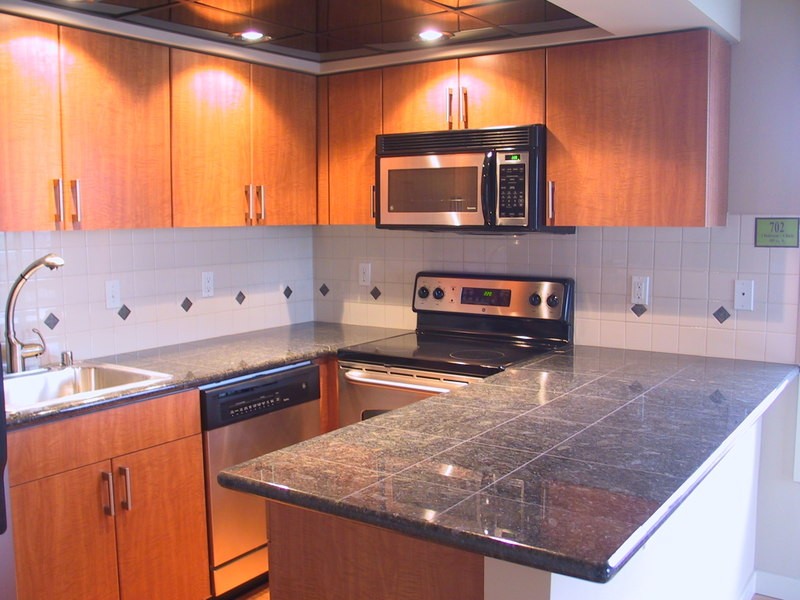

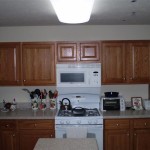


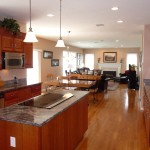


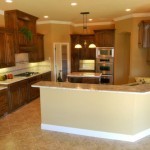
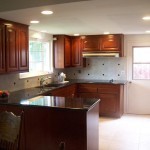

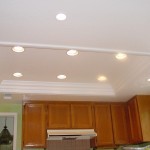



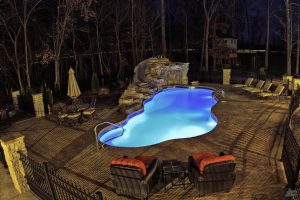

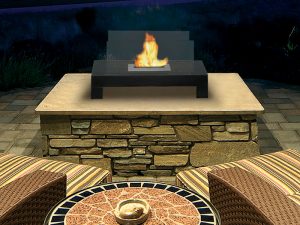
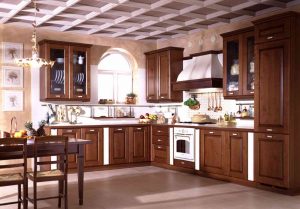

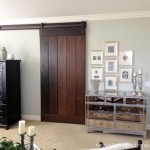
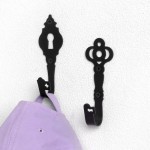
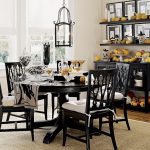

Tell us what you think about "Kitchen Recessed Lighting: The Key to Illumination"?